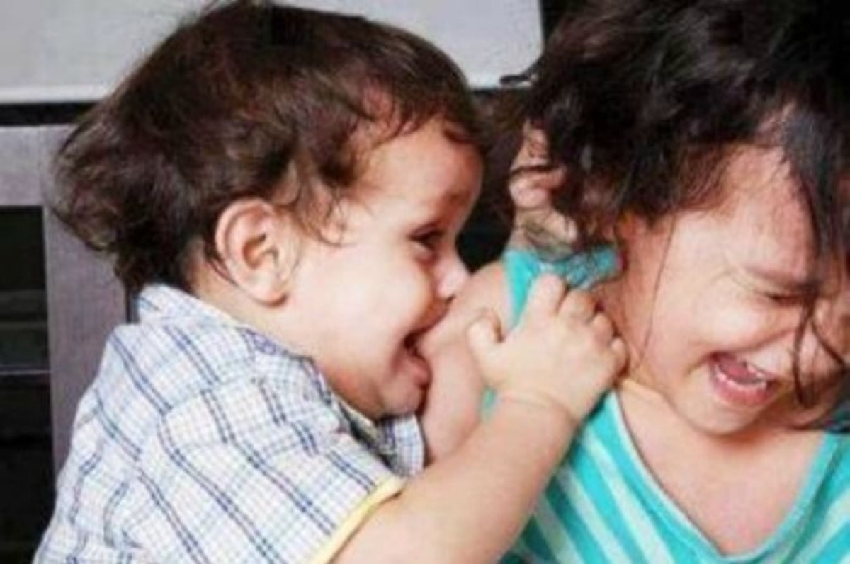
05 Oct Children bite, who bite, how to stop them?
Parents should be aware of situations in which their children bite to prevent recurrence in the future.
It is not uncommon for young children to occasionally bite other children, although some, much to the chagrin of their parents, use this form of aggression too frequently. In fact, biting each other is one of the most frequent forms of aggression among minors, especially before the age of three. Is it possible to stop them? This article explains why some children bite others more often and what to do when this happens. Various tips to prevent repeat bites and the risks of bites are also detailed.
Why Do Children Bite?
Sometimes it is barely noticeable, but other times, the string of small teeth marked on the skin of a young child is more than evident. And it is that biting each other is one of the most frequent forms of aggression among minors, especially before the age of three. One of the few specific investigations on these incidents recorded in its study group (224 children) was an incidence of 1.5 bites per 100 children per day. In total, 104 children were bitten 347 times in one year. A more than the considerable figure.
But why do children bite? Specialists suggest that biting is a form of communication. A way of reflecting the state of mind in which they are. Frustration, nerves, anger, or agitation are often the triggers for a bite. In part because it is the easiest way for the little one to express his feelings. When he cannot yet express them through language. By biting, the minor manages to attract the attention of adults. Manages to recover the toy that has been taken from him, or defend himself from another aggression.
How to Act When the Child Bites
That a child bites another child is a very uncomfortable situation for parents. In these cases, they must react immediately and, above all, make it clear that this behavior is not appropriate. It must be taken into account that, in some cases. The minor is so small that he is not able to understand that the bite causes pain; therefore, it is necessary to explain this aspect to him.
Sometimes the child is so young that he does not understand that the bite causes pain
On the other hand, it is necessary to pay the greatest attention to the child who has been attacked. This, in addition, is the best way to show the little one. Who bites to attract attention that his strategy does not obtain the expected result. It is necessary to verify that the bite has not pierced the skin (something infrequent). And, above all, apologize to both the affected person and their parents de Ella and that the “aggressor” participates as much as possible in this apology.
Tips to Prevent Biting
When a child uses biting as a habitual reaction more often than usual, parents can take some steps to prevent this from happening again in the future.
- Be aware of the situations in which the child bites more frequently, and avoid them if possible. Or monitor them closely to anticipate their reaction.
- Monitor their games with other minors, but without interfering with them.
- Teach the little ones to express their feelings and frustrations without having to use aggressiveness.
- Do not show aggressive attitudes towards other adults or children in front of the child: parents are the mirror in which they look at themselves and imitate their behavior.
- Avoid sudden changes in the child’s schedules and routines, as they can cause reactions of anxiety and nervousness.
The Risks of The Bite
As indicated in the protocols of the Spanish Association of Pediatrics (AEP). Bites among children generally occur in the upper extremities, face, neck, and trunk. When a little one bites another, the bite is usually superficial, that is, the teeth do not penetrate the skin, so everything is left with a slight bruise.
However, sometimes the bite is deeper and even causes bleeding. In these cases, adults must be vigilant to avoid possible infection. “When these wounds become infected there is inflammation in less than 12 hours; and if they are not treated, they progress rapidly in 24-48 hours to a well-defined process, with fever or abscesses, among other criteria”, points out the AEP.
You may like to read How to take care of your children’s mental health

No Comments